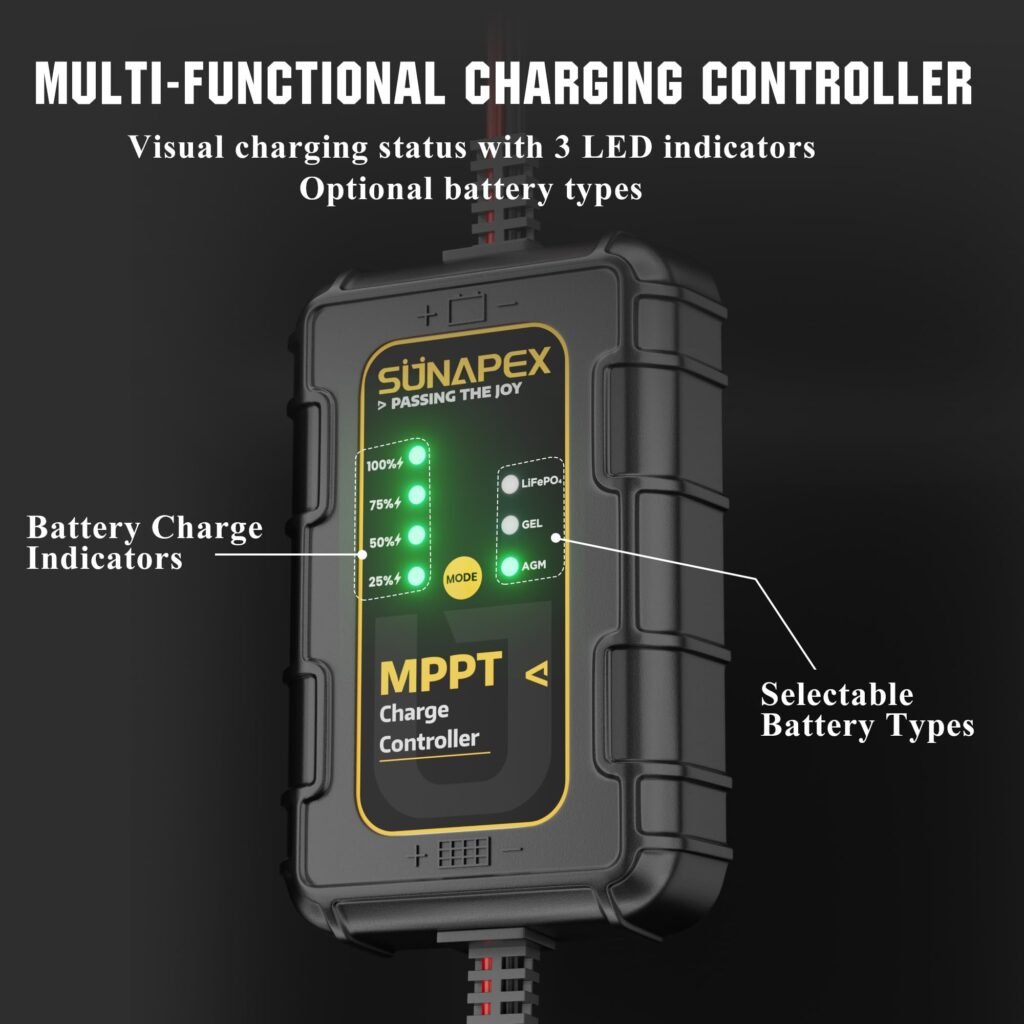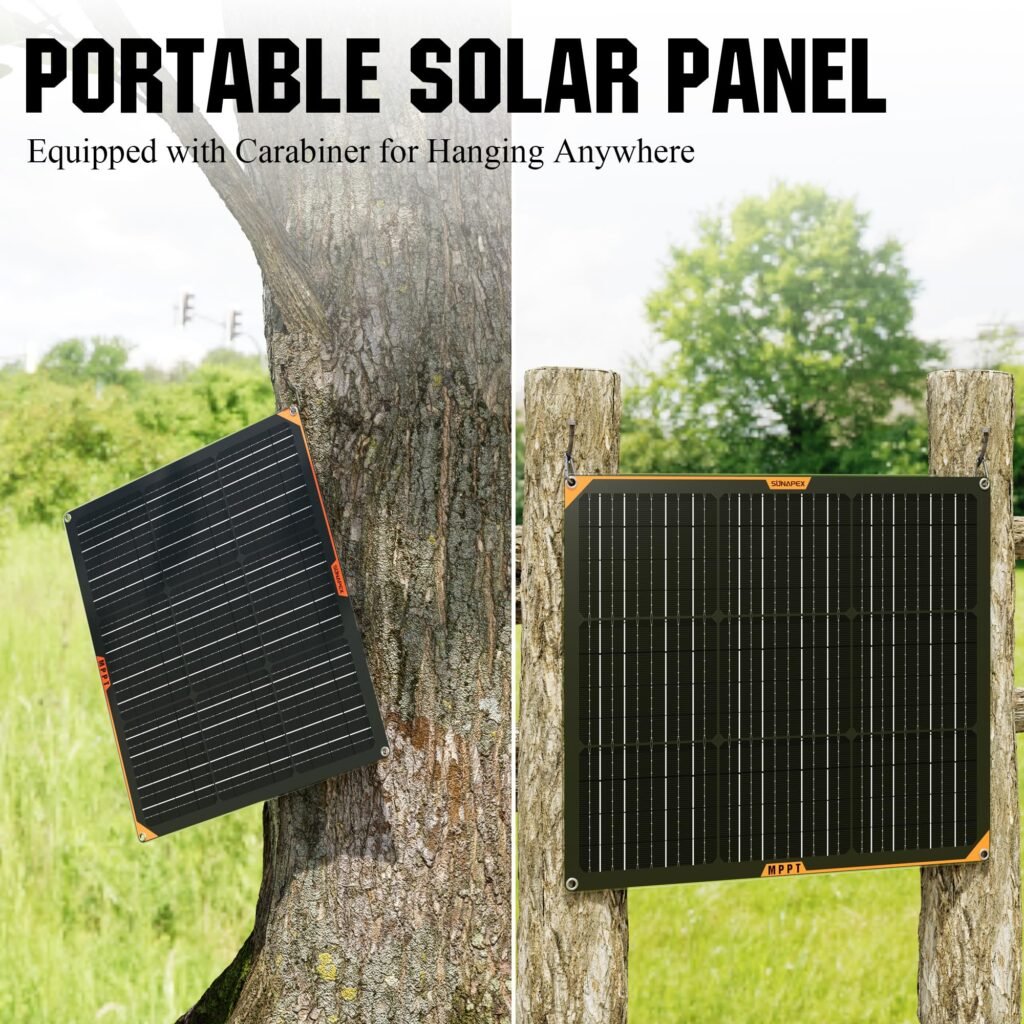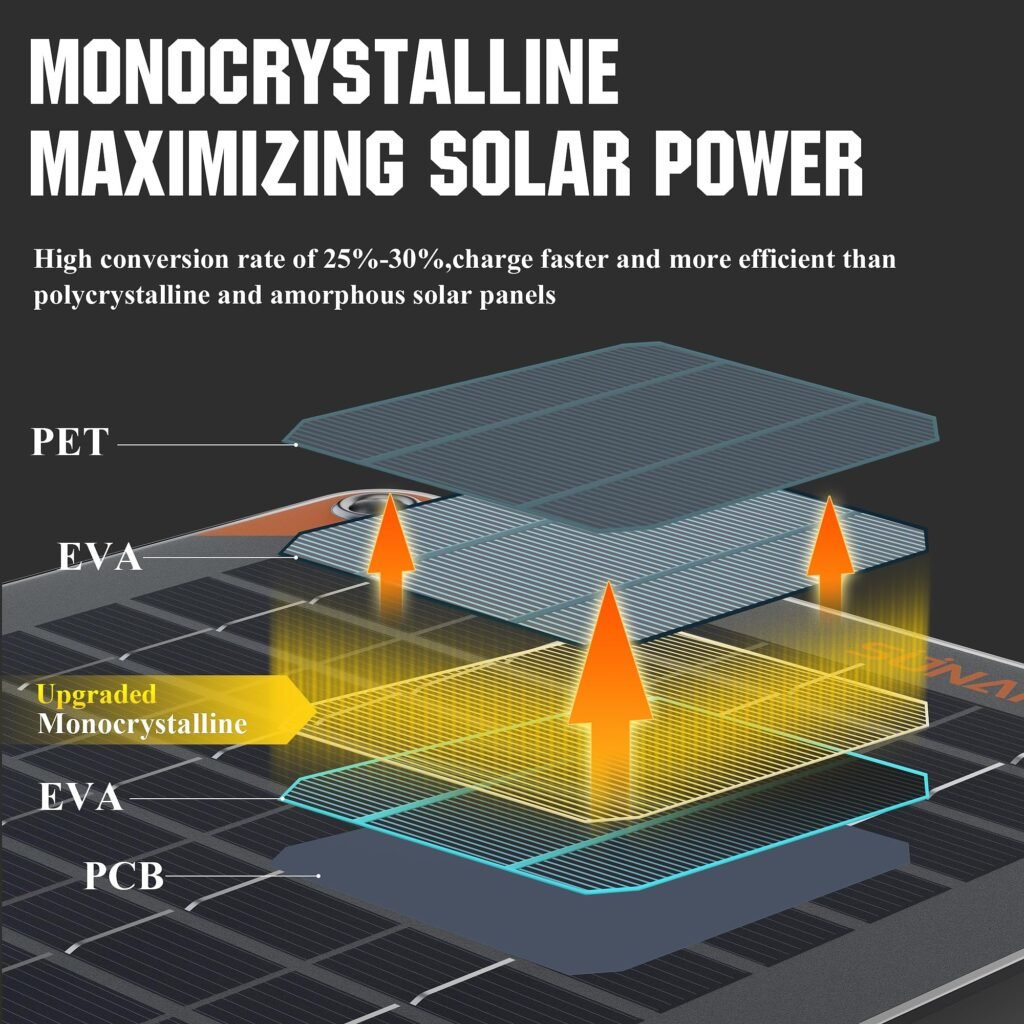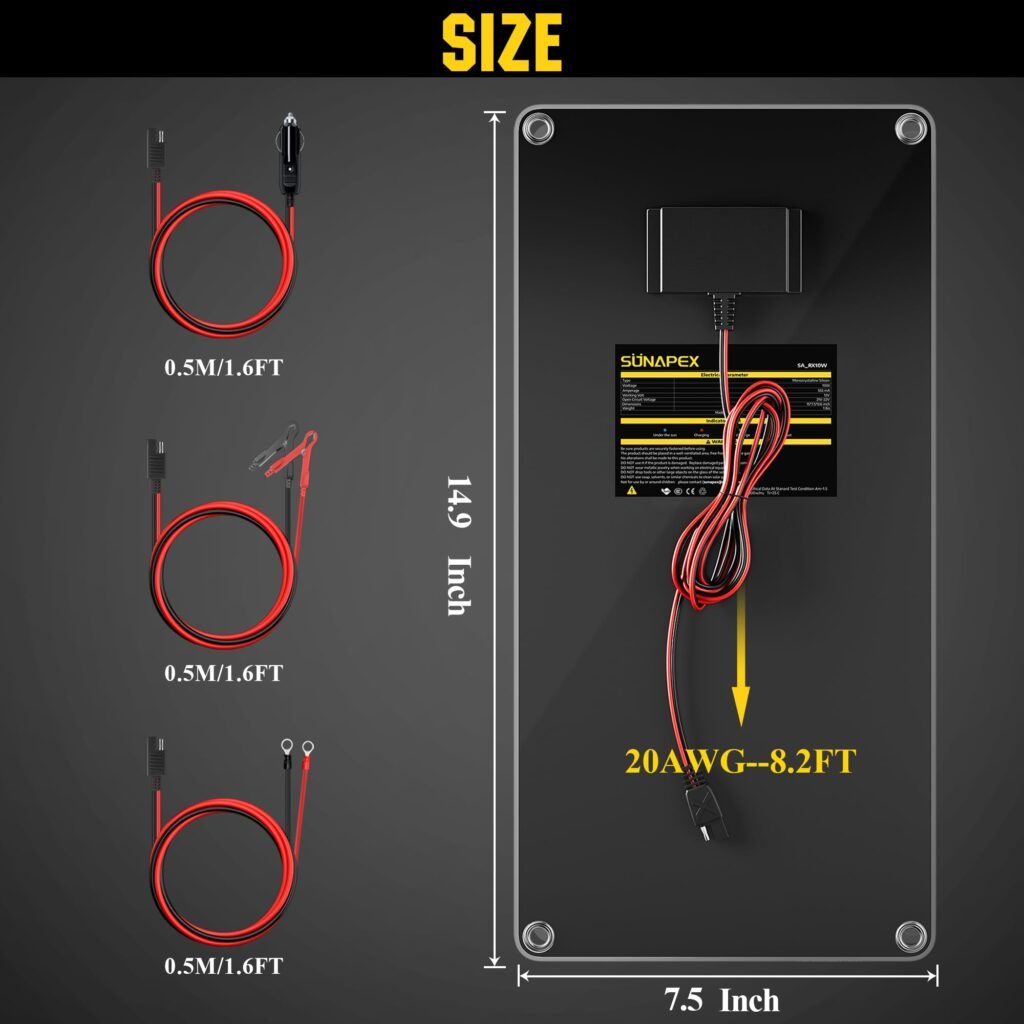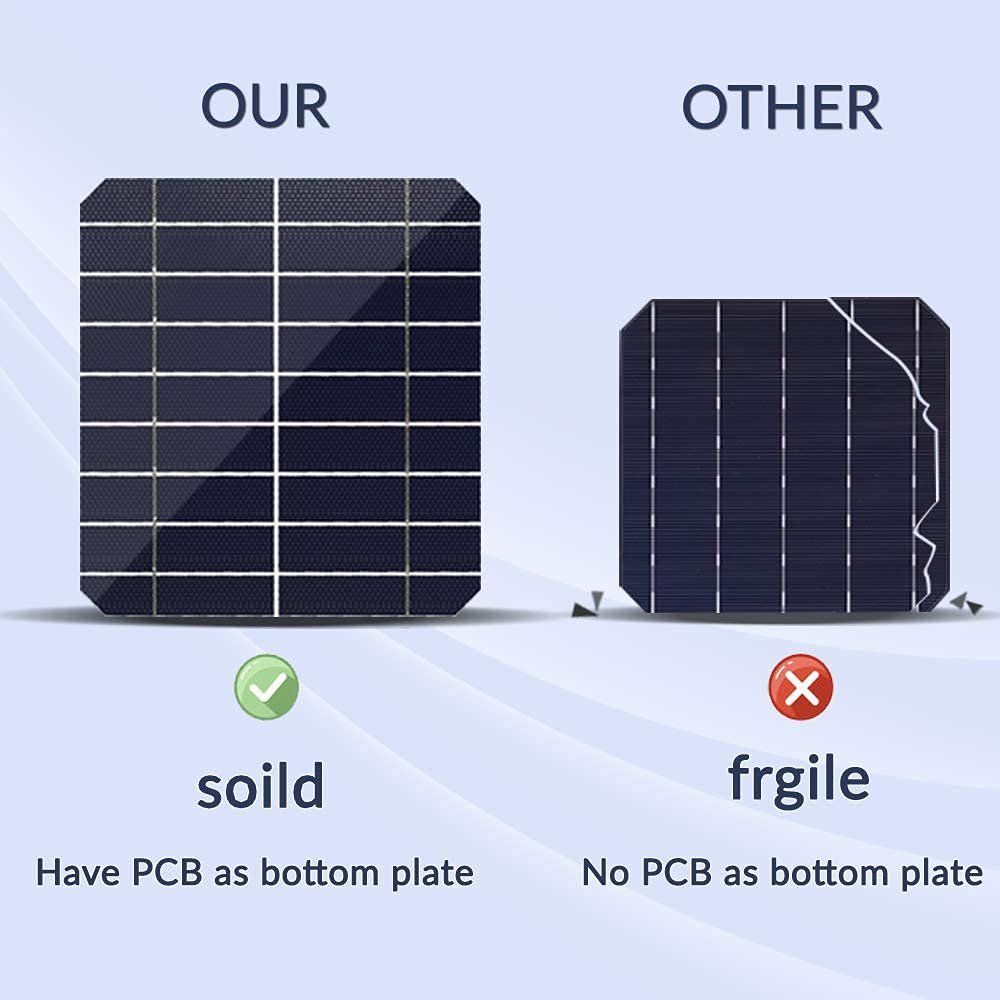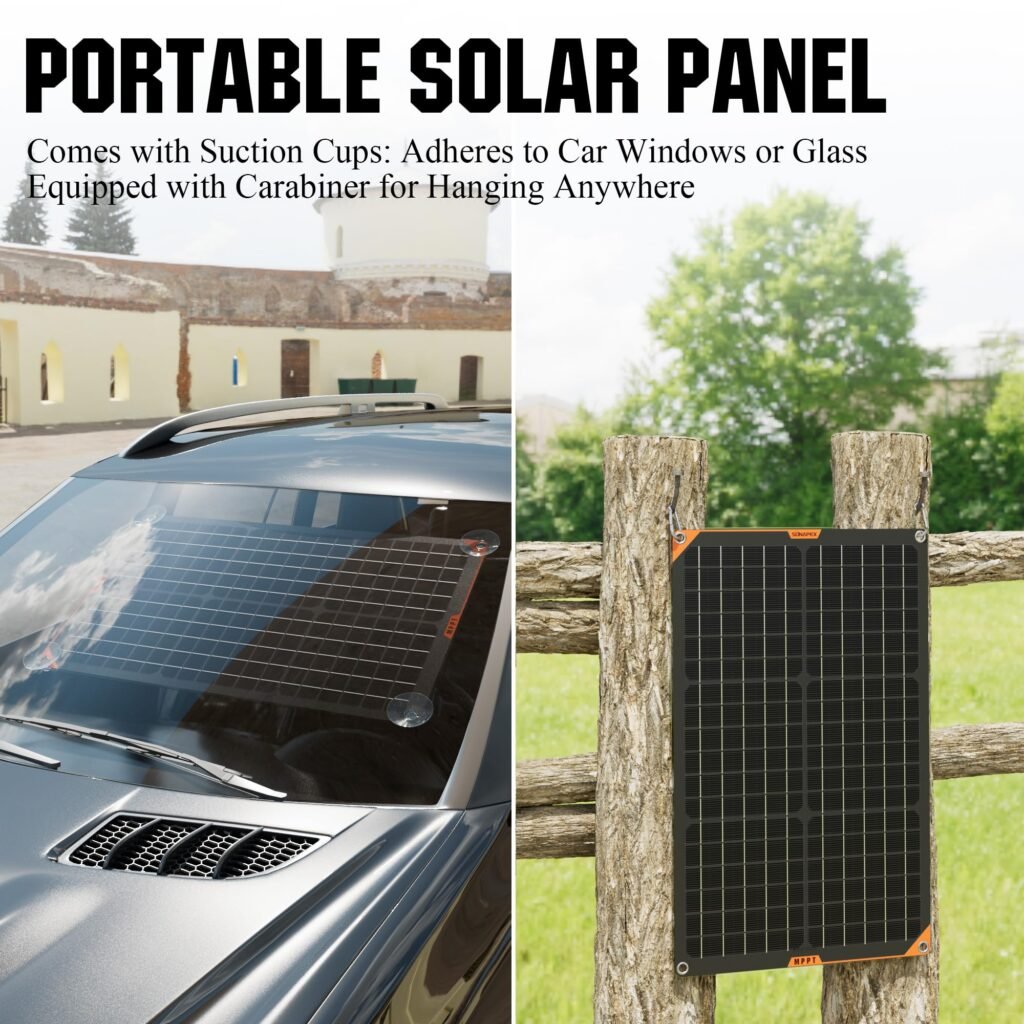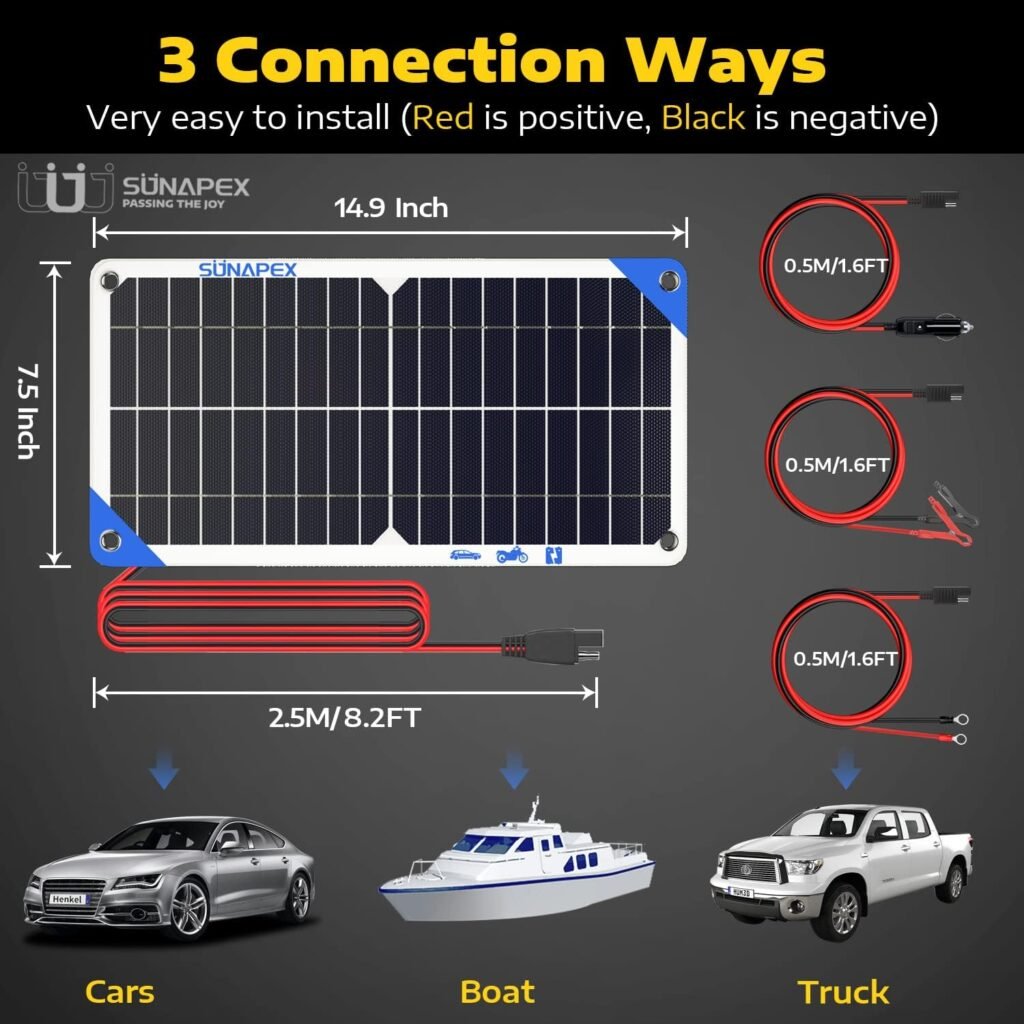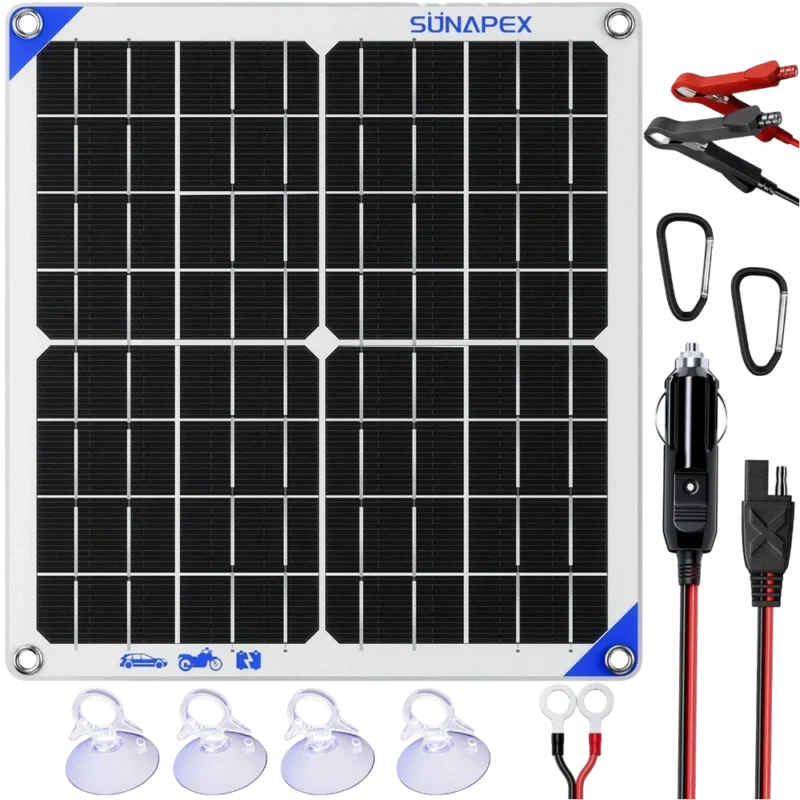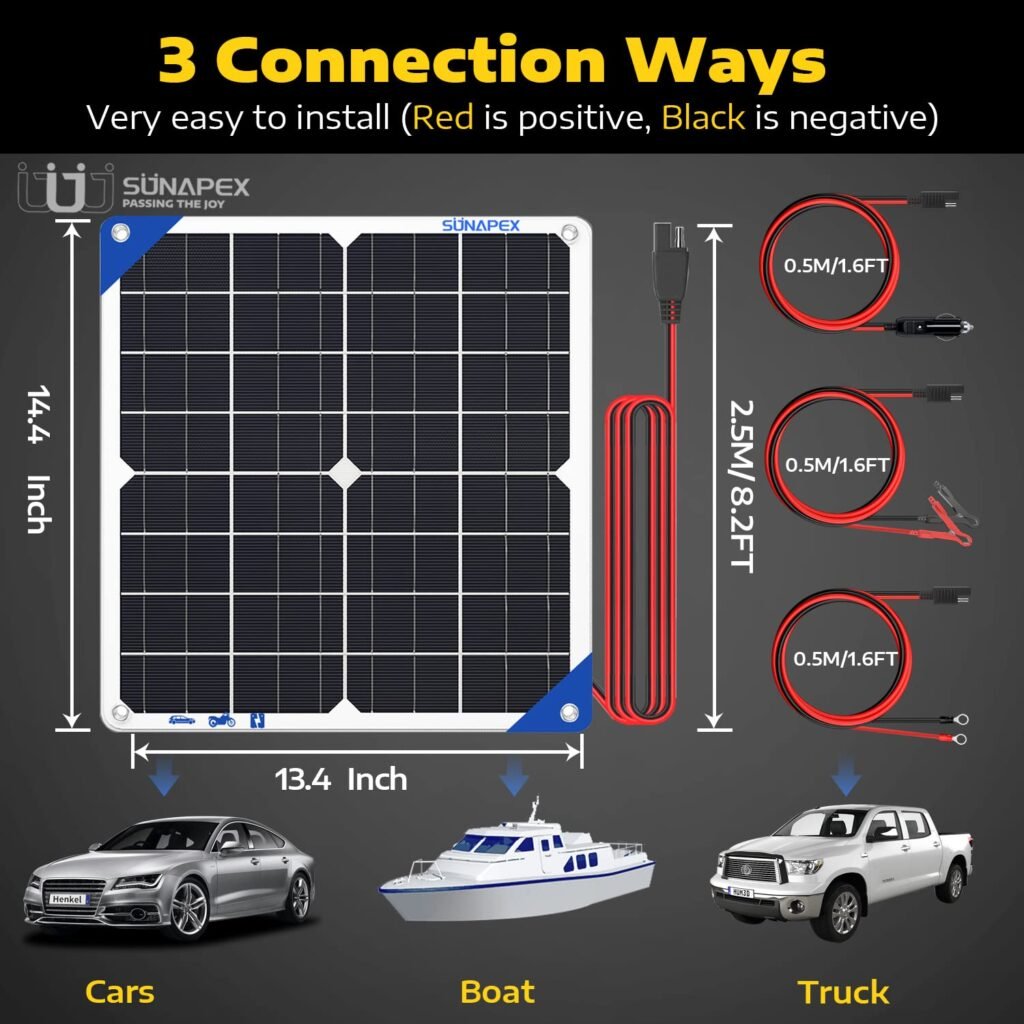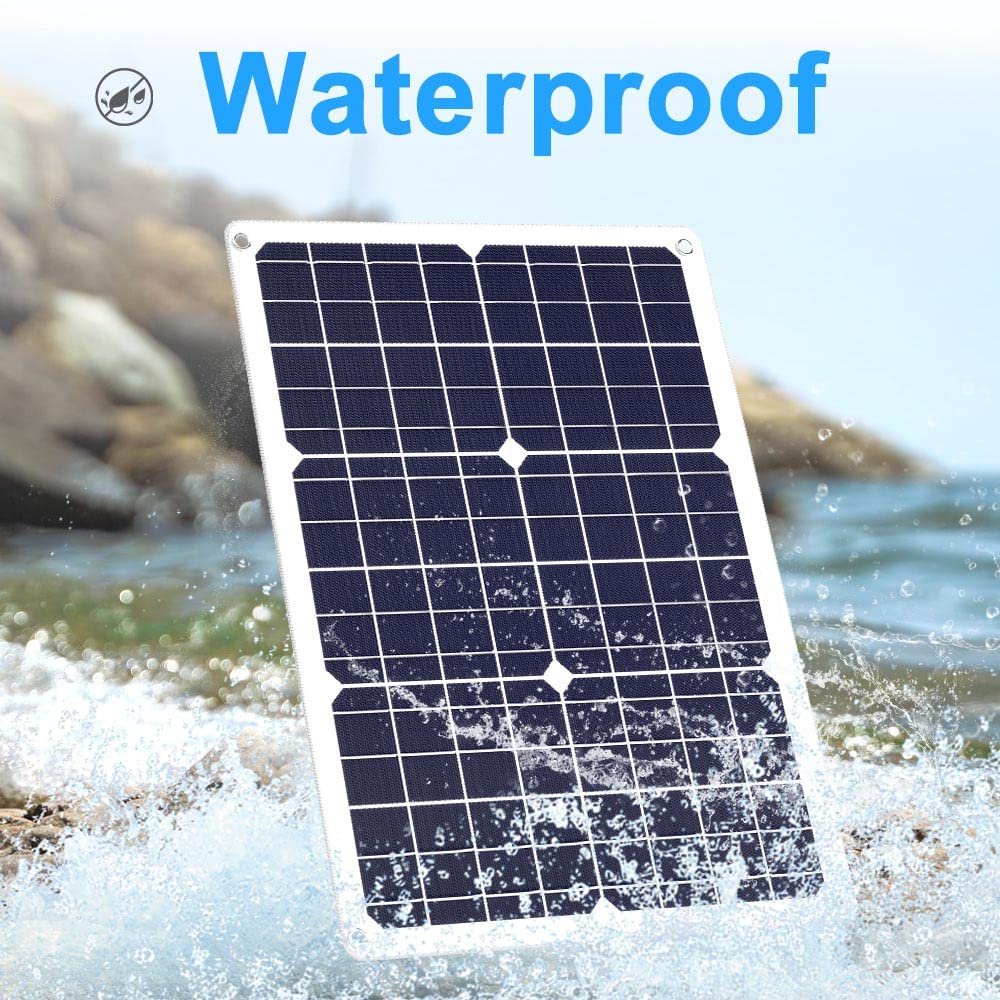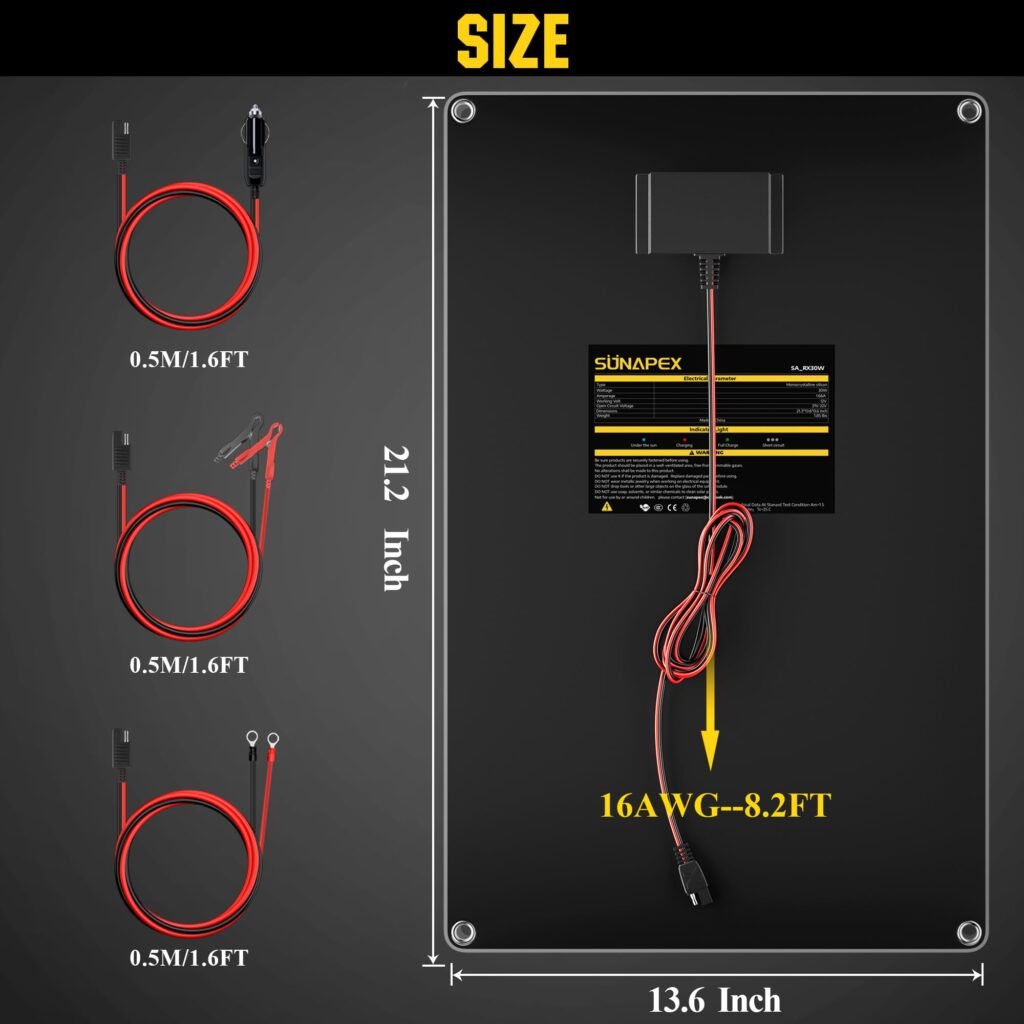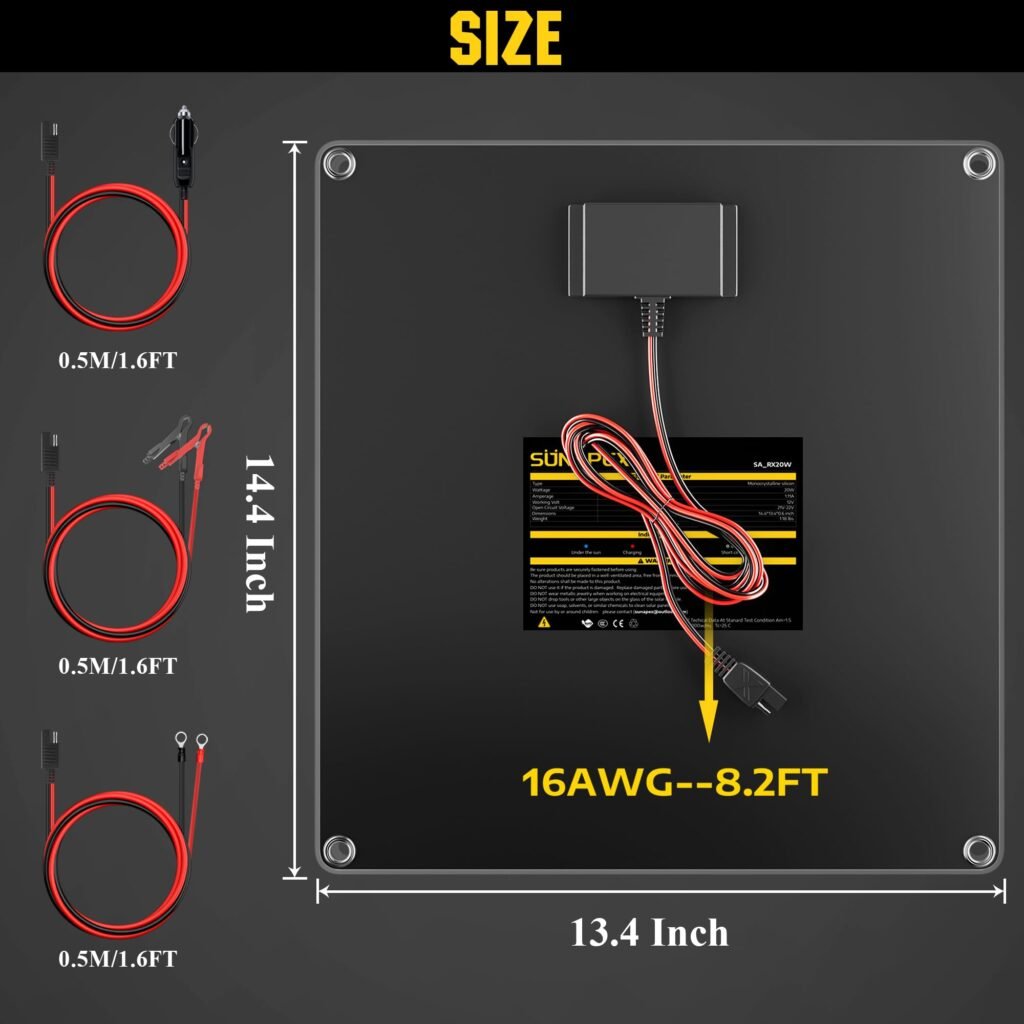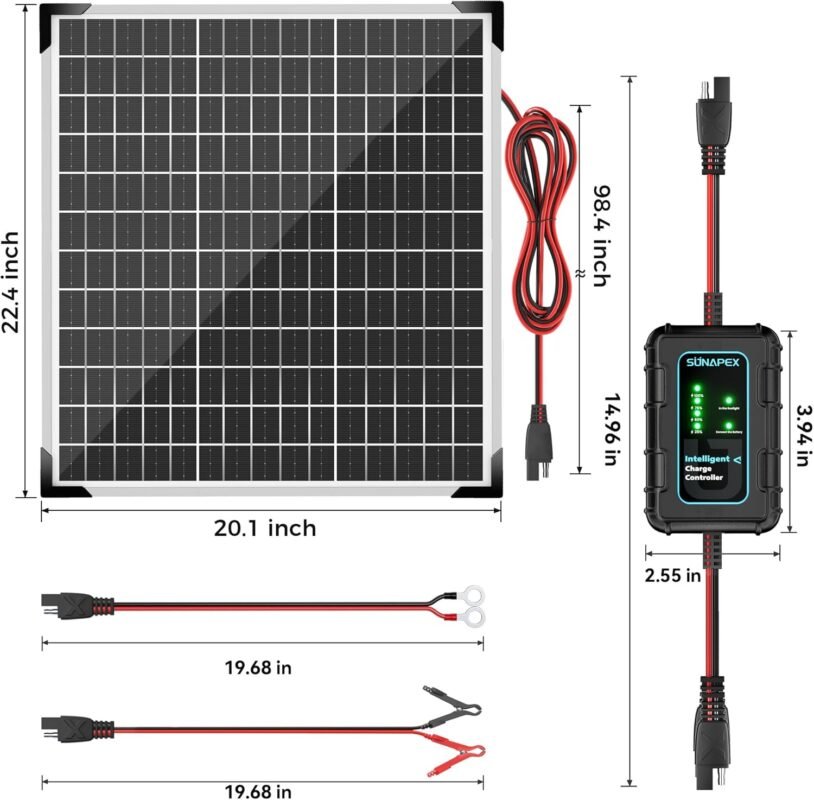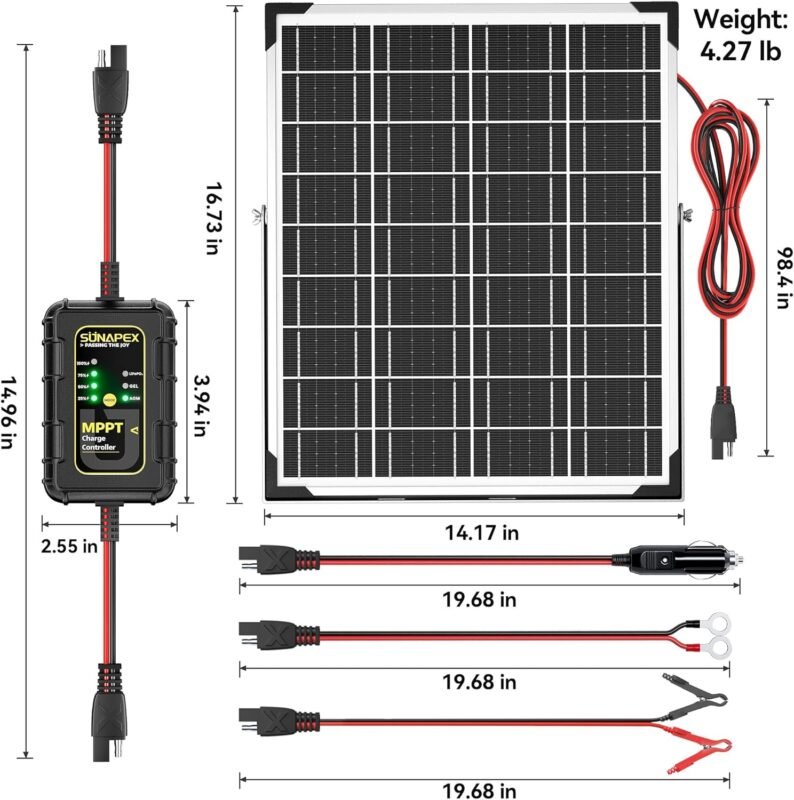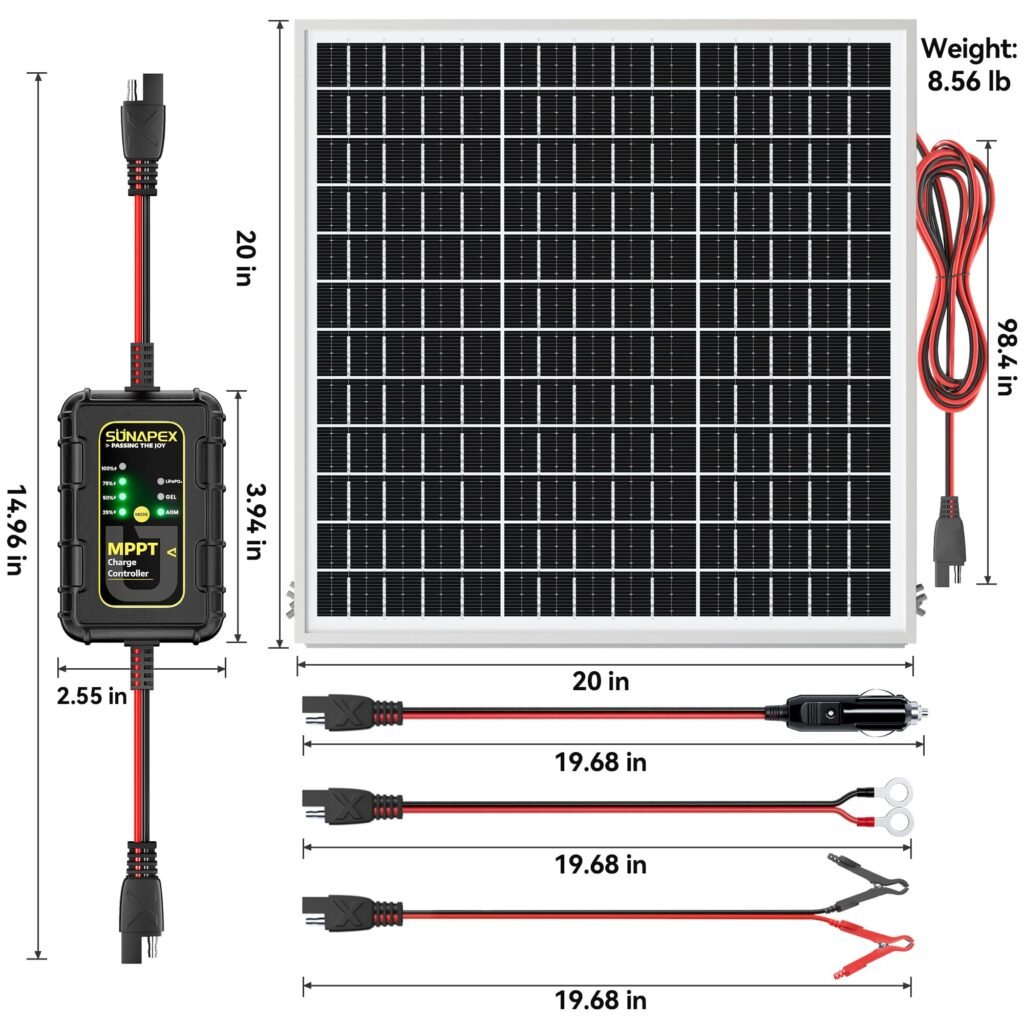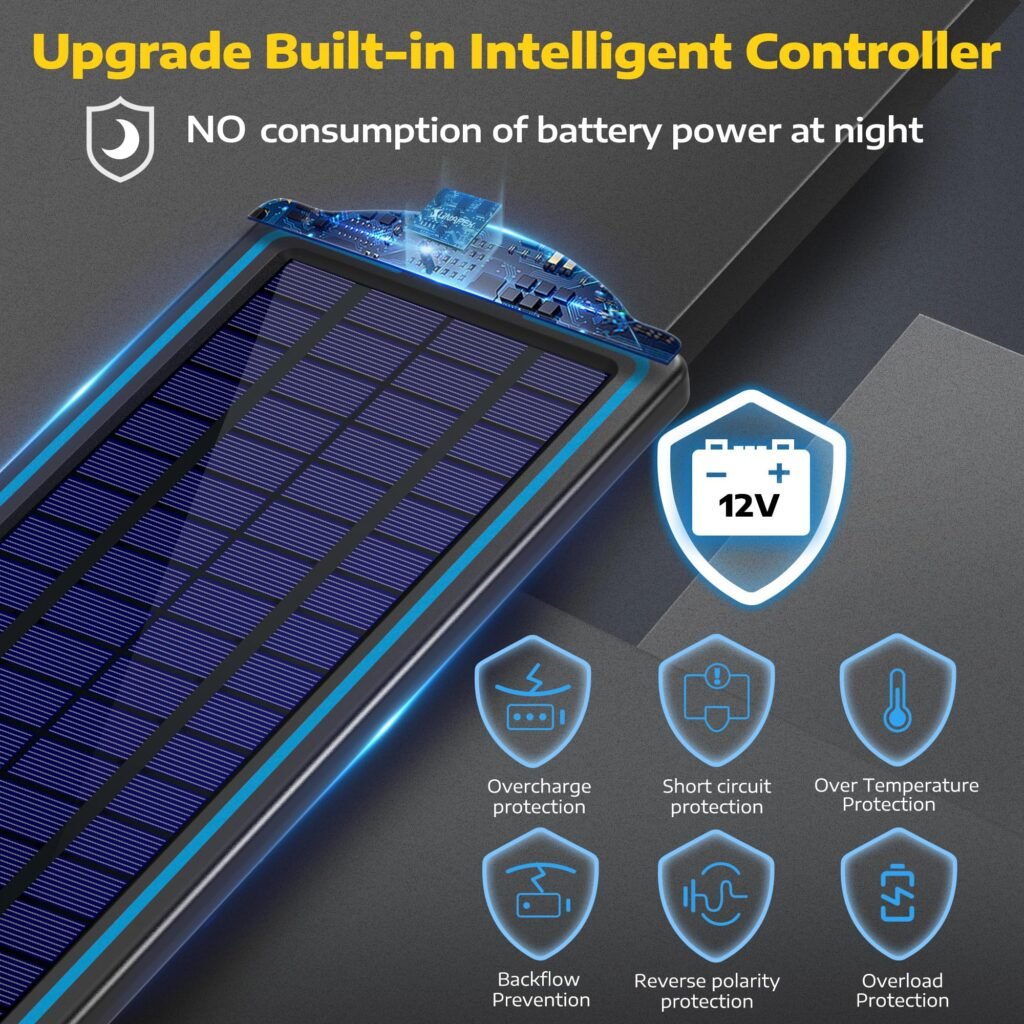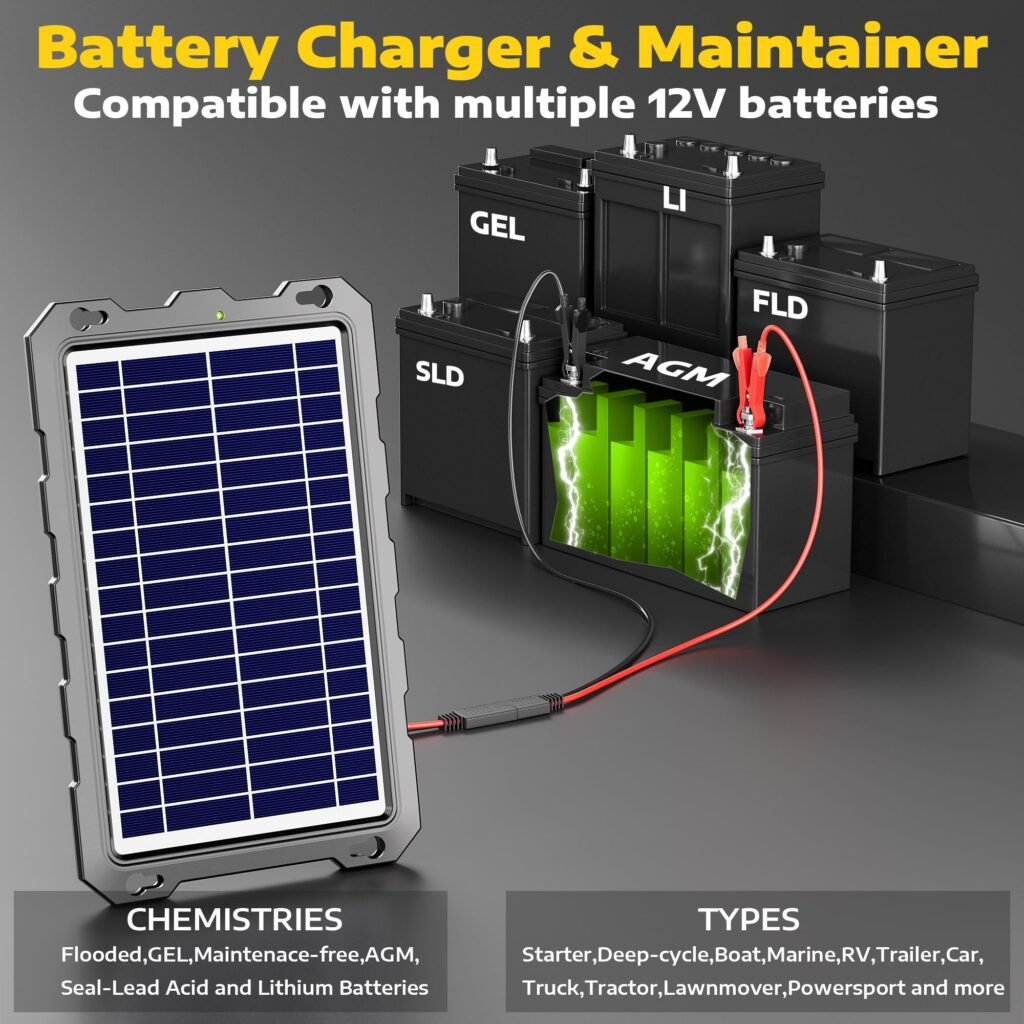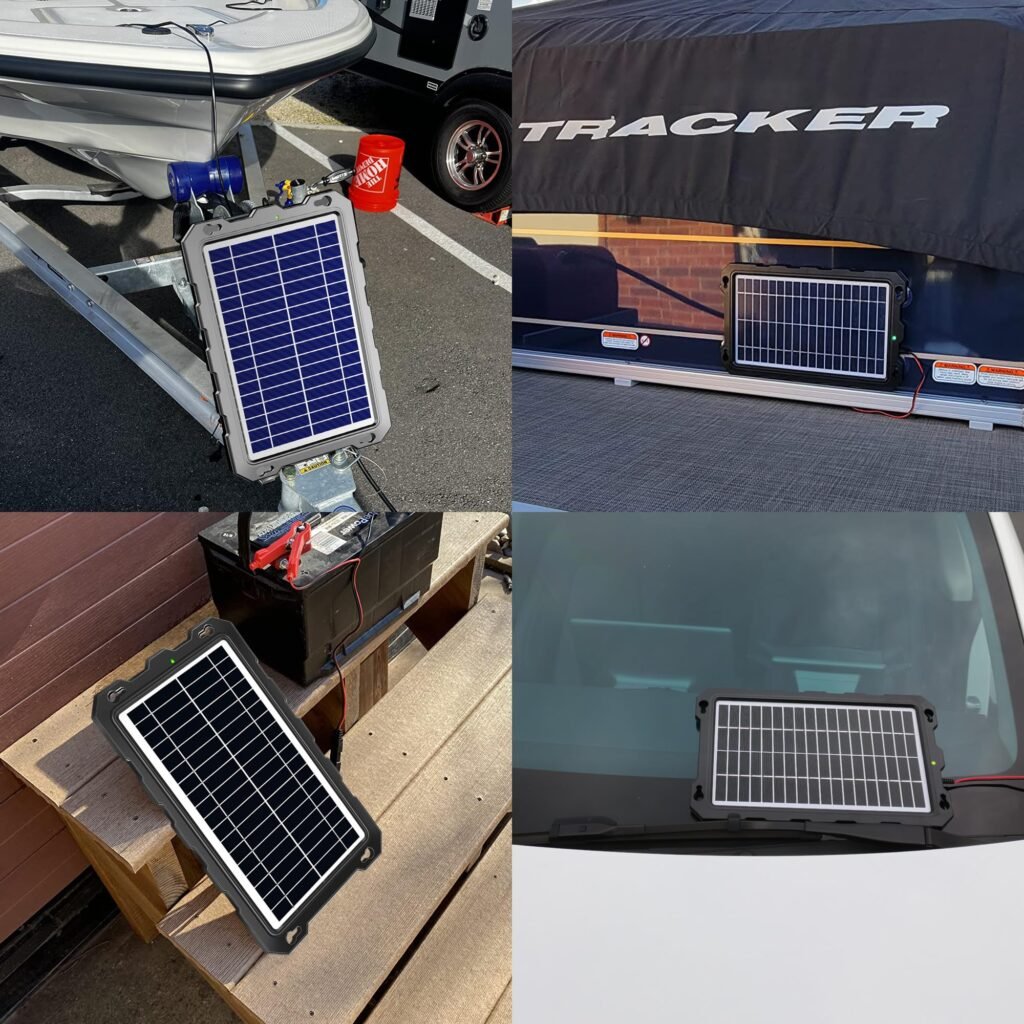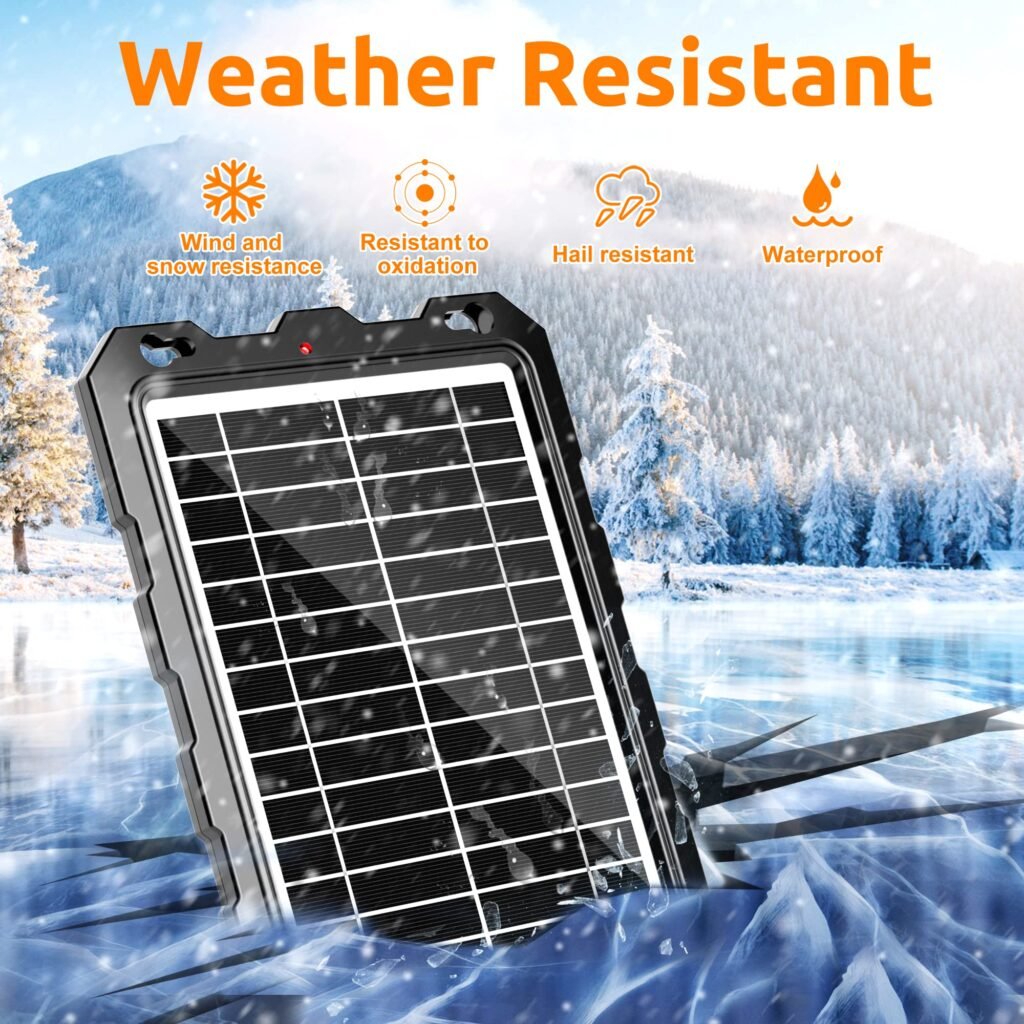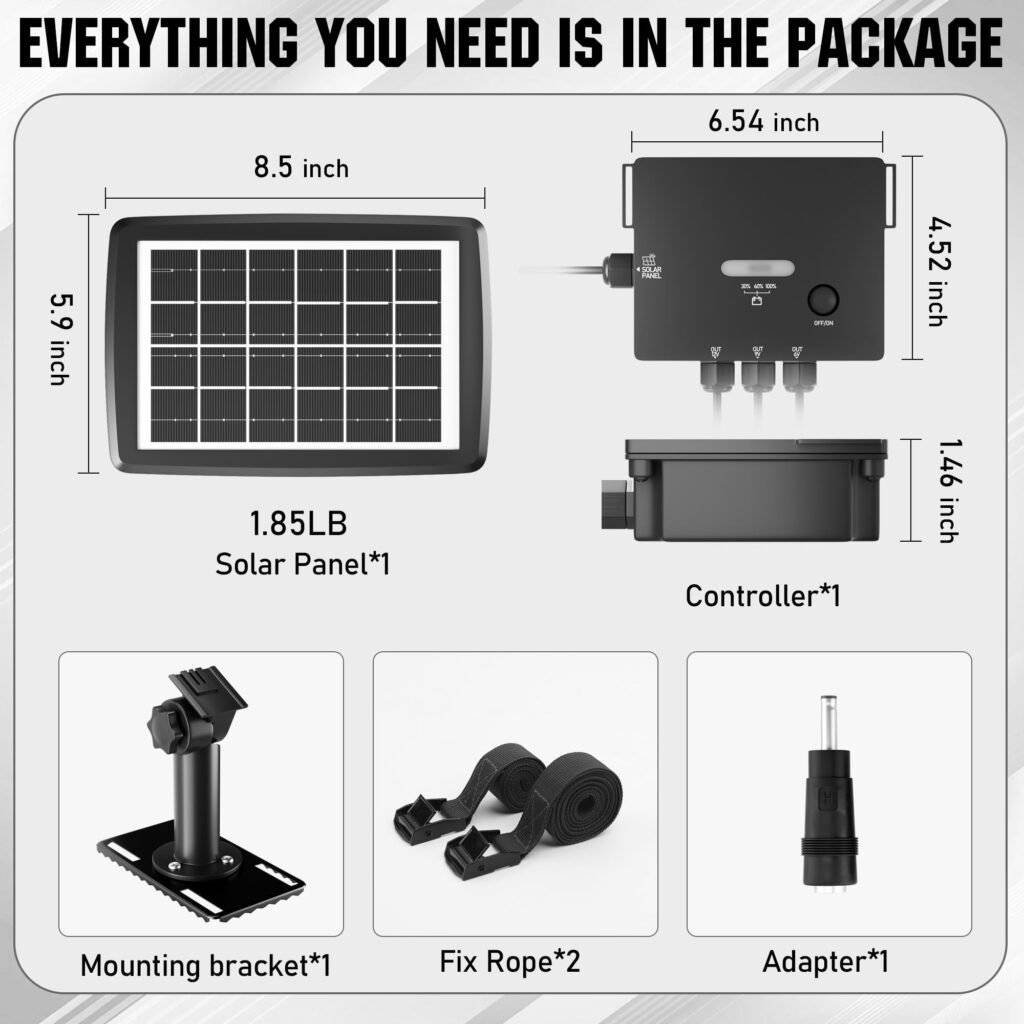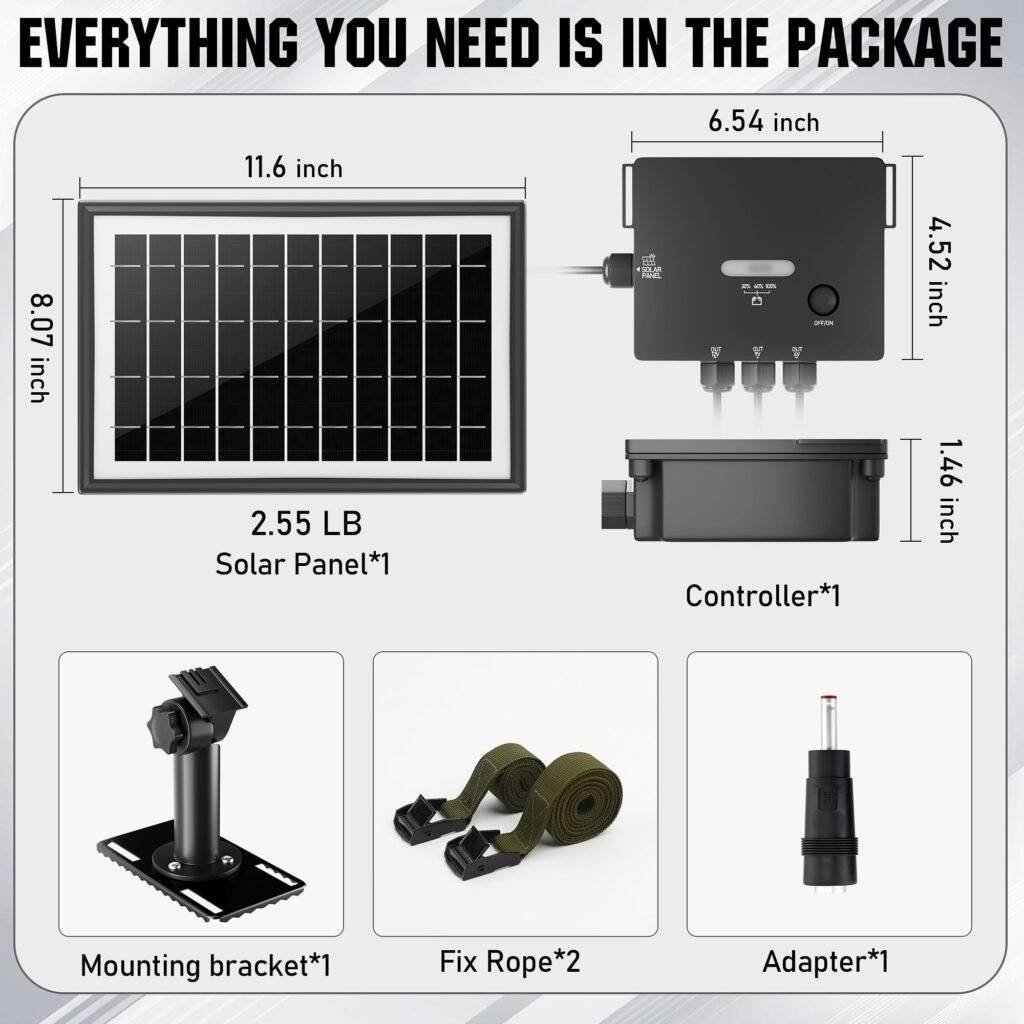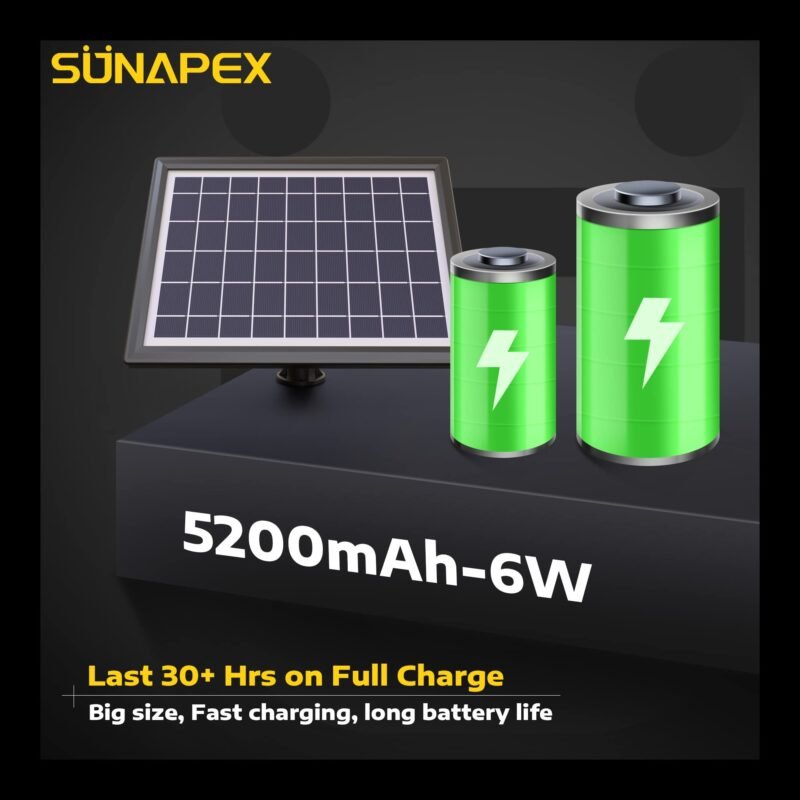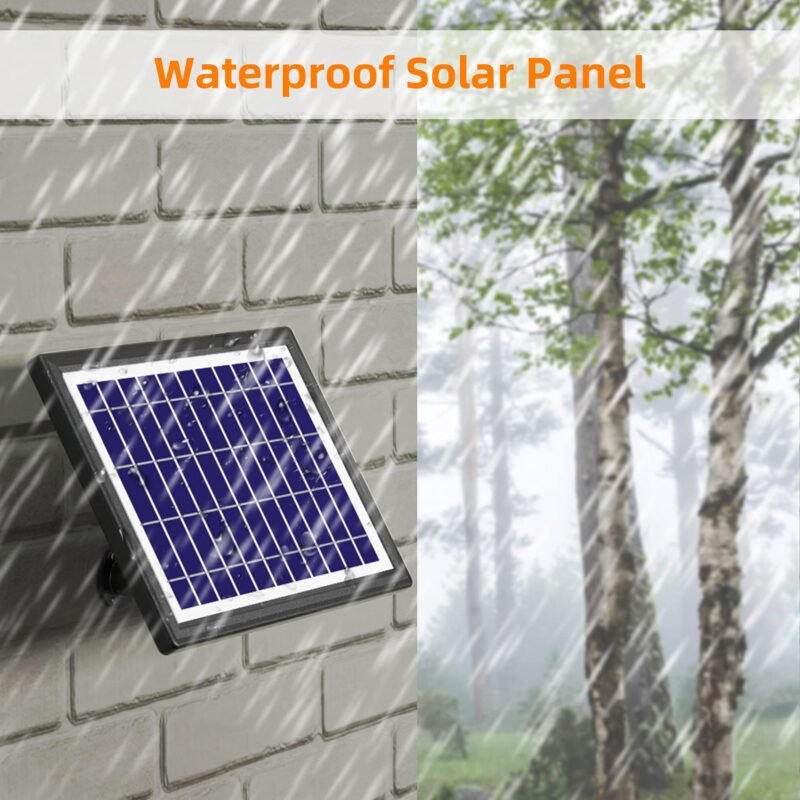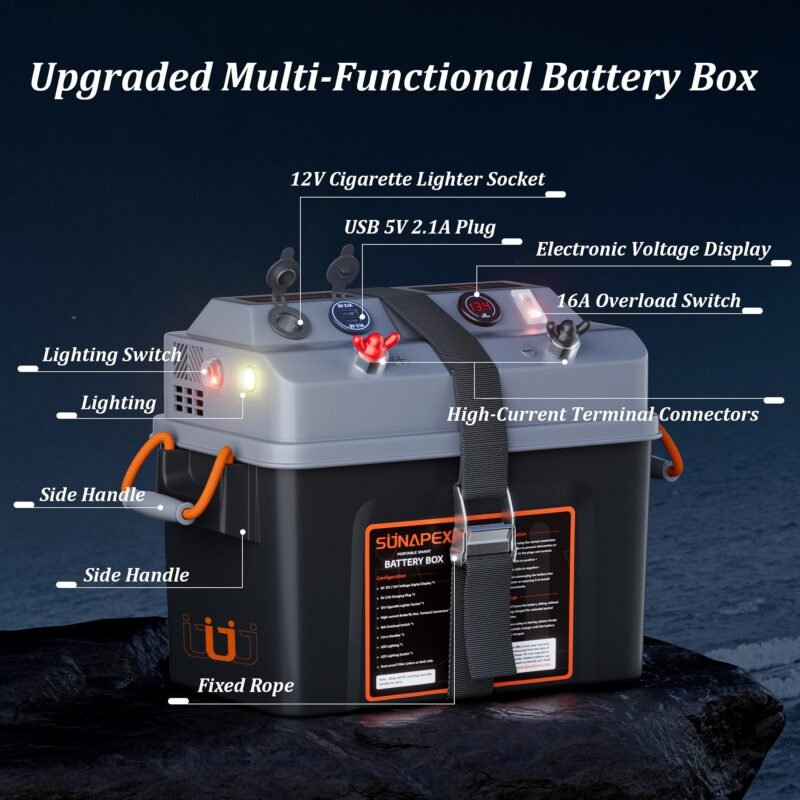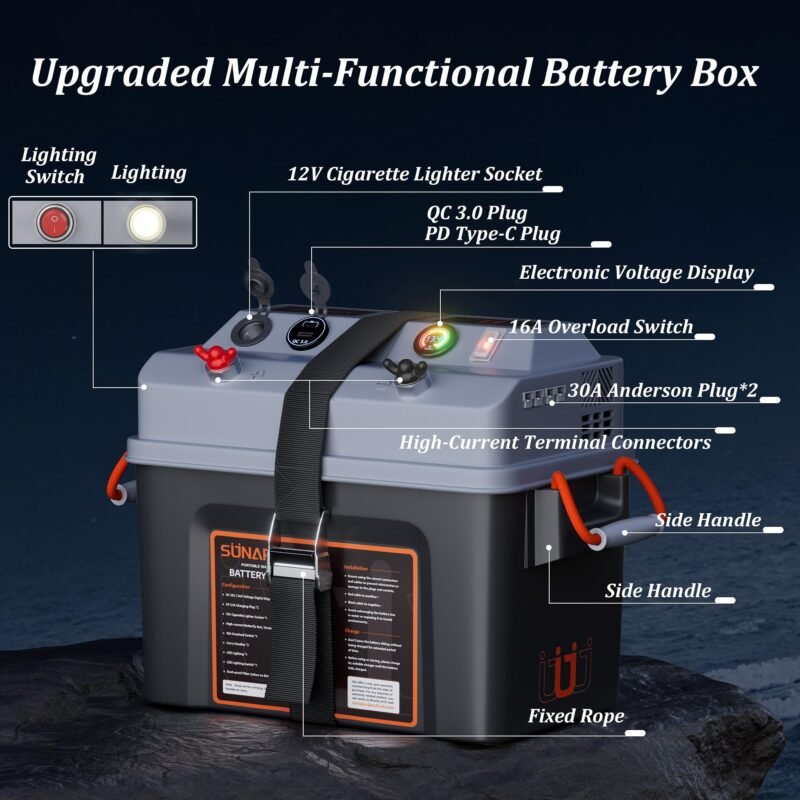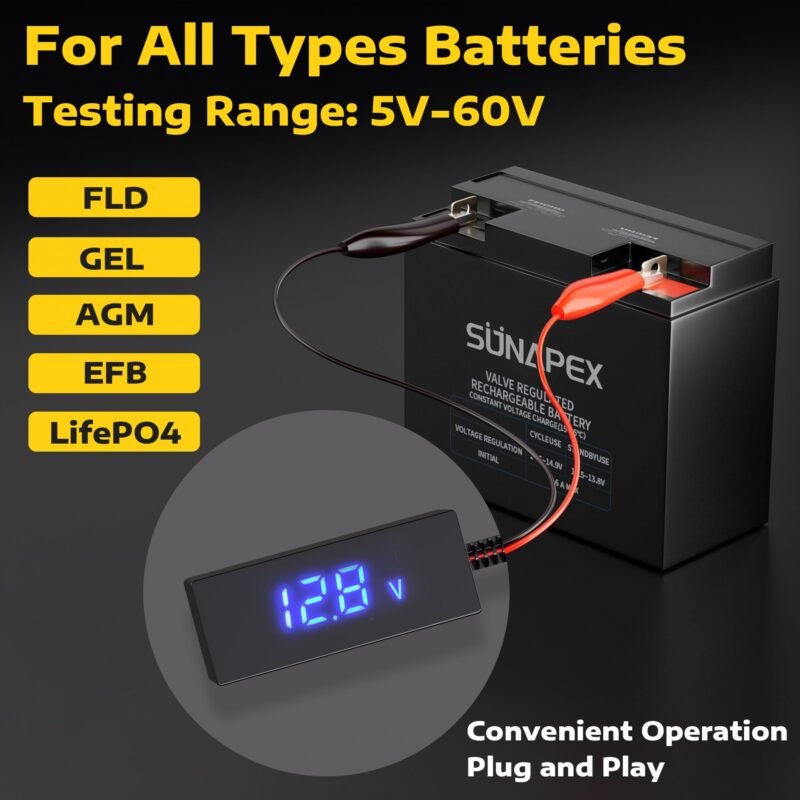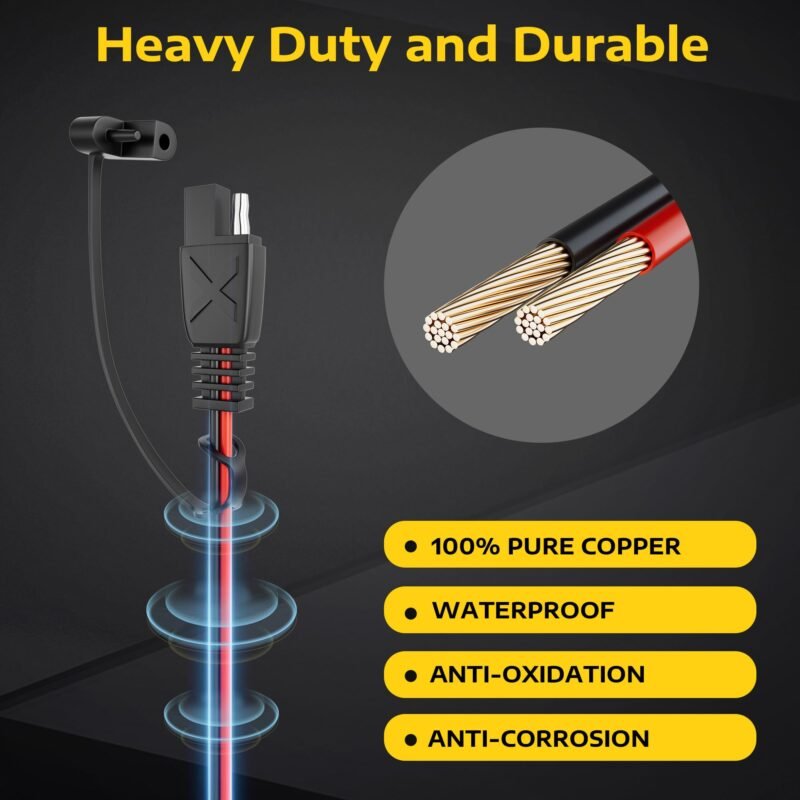Solar Panel
How to Maintain a Marine Battery | Comprehensive Guide
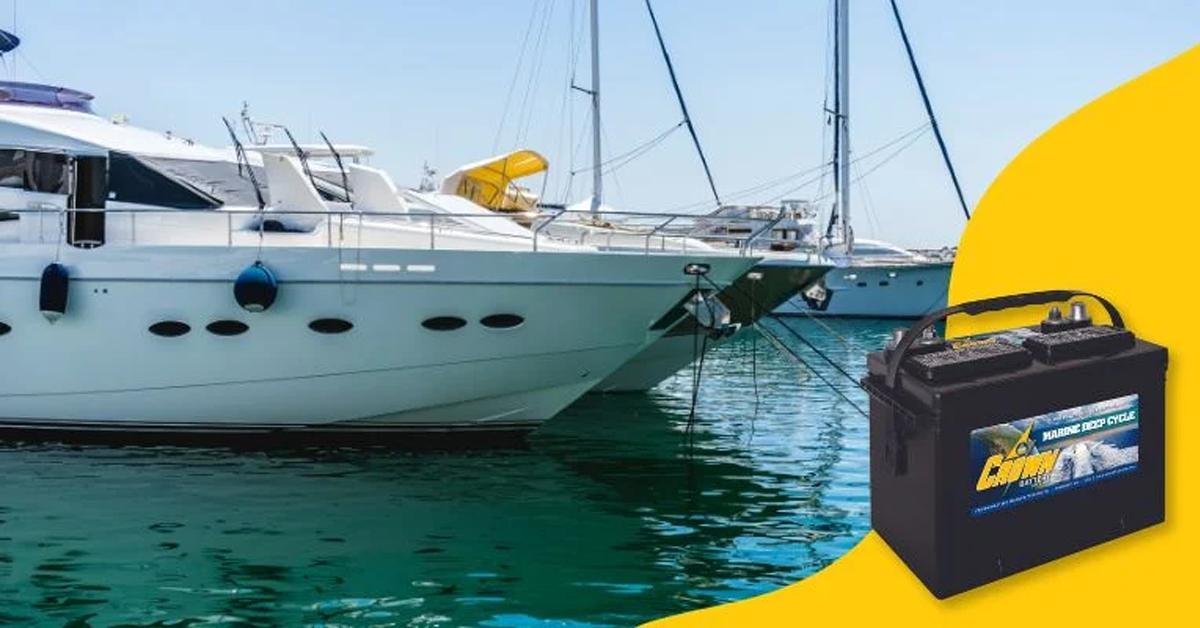
A marine battery is very important for a boat. It powers lights, navigation, and the engine. Proper care makes it last longer. A bad battery can stop working anytime. Replacing it often can cost a lot. A damaged battery can also be dangerous.
Steps to Maintain a Marine Battery
How to Clean a Marine Battery
Dirt and rust can damage a battery. Keeping it clean helps it work well.
Make a cleaning mix – Use baking soda and distilled water. This mix removes dirt and acid. Tap water is not safe to use.
Turn off and remove the battery – This keeps people and the battery safe.
Wipe the battery case – Use a cloth to remove dust.
Clean the terminals – Use the baking soda mix. This removes rust and helps the battery last.
How to Check Marine Battery Charge

A boat battery must have enough power. A meter reader shows the charge level.
Use a meter reader – This tool gives accurate readings.
Understand the readings – The voltage shows how much charge is left. Some readings can be tricky. Always check the manual for help.
How to Inspect Marine Battery Damage
All batteries wear out over time. Checking them helps find problems early.
Look for swelling – A puffy battery means overcharging. It may need to be replaced.
Check for leaks – Acid leaks are dangerous. They damage the boat.
Find cracks – A cracked battery does not work well. It may need replacing.
How to Protect the Terminals
Battery terminals must stay clean to work well.
Clean often – Dirt and rust can lower battery power.
Use a protective layer – Petroleum jelly keeps moisture away.
When and How to Reinstall the Marine Battery
Putting the battery back needs careful checking.
Check the cables – Damaged cables waste power and may cause fires.
Fasten the battery well – It must not move around in the boat.
Here you can buy a great Smart Battery Box
Maintenance for Different Battery Types

Wet Flooded Battery Maintenance
 Check water levels – Water must cover the lead plates.
Check water levels – Water must cover the lead plates.
Use only distilled water – Tap water has harmful minerals.
Clean terminals – Rust lowers battery power.
Do not overcharge – Too much charging can damage it.
Store in a cool place – Heat shortens battery life.
AGM Battery Maintenance
 Do not overcharge – Too much voltage can ruin it.
Do not overcharge – Too much voltage can ruin it.
Follow the right charging voltage – Check the manual for details.
Inspect for damage – Cracks or leaks mean trouble.
Check charge levels – Use a voltmeter to stay in the safe range.
Lithium-Ion Battery Maintenance
 Use a proper charger – Other chargers can harm it.
Use a proper charger – Other chargers can harm it.
Avoid full discharges – Keep it above 20% for longer life.
Store in a cool place – Heat can be dangerous.
Check voltage often – A voltmeter helps track charge levels.
Extra Battery Care Tips
Checking Battery Health
Use a voltmeter – It shows battery condition.
Monitor battery use – Turn off unused electronics.
Avoid Discharging Too Much
Recharge when needed – Do not let power drop too low.
Store with full charge – This prevents power loss.
Keep the Battery at the Right Temperature
Cold reduces power – Heat can overcharge the battery.
Store in a dry place – Avoid moisture to keep it safe.
Storing a Marine Battery
How to Store a Battery Properly
Clean it first – Remove dust and rust.
Keep it in a safe place – Avoid extreme heat or cold.
Charge it sometimes – This keeps it from dying.
Use a battery box – This keeps it secure.
Storing Marine Batteries in Winter
Cold weather can damage batteries. Storing them right helps them last longer.
Charge before storing – A low-charge battery can freeze.
Keep it in a warm place – Do not leave it outside.
Check it sometimes – Make sure it still has charge.
Charging and Powering Your Battery
Best Charging Practices
Charge in steps – Use bulk, absorption, and float stages.
Do not overcharge – This weakens the battery.
Use right charger – Different batteries need different chargers.
Deep Cycle Vs Shallow Cycle Battery
Deep cycle batteries – Discharge deeply. Before recharging.
Shallow cycle batteries – They recharge after small discharges.
Understanding Battery Charge Levels
Use a charge chart – It shows voltage and charge level.
Check the charge often – This helps prevent marine battery failure.
What is Battery Equalization?
It removes sulfate buildup – This makes old batteries work better.
It extends battery life – Done properly, it keeps batteries strong.
Using Battery Protectors
They stop overcharging – This prevents damage.
They adjust voltage – They protect the battery from heat or cold.
How Long Can Marine Battery Last?
Well maintained battery can last many years.
Lead acid batteries – Last 4-7 years.
AGM batteries – They last 4-8 years.
Lithium-ion batteries – Last up to 10 years.
Conclusion
Marine battery is heart of a boat. Taking care of it keeps the boat running. Cleaning, checking charge, and proper storage help marine battery last. A good marine battery makes boat trips safe and fun. Marine batteries need regular maintenance to work well. Ignoring them can cause sudden power loss. A well-kept battery saves money and prevents accidents.
FAQs
1. How often should I clean marine battery?
You should clean every few months. To prevent dirt buildup.
2. What is best way to charge marine battery?
Use charger made for your battery type. Avoid overcharging marine battery.
3. Can I use tap water to refill flooded battery?
No. Tap water has minerals. That harm the battery. Use distilled water.
4. How do I know if battery is bad?
If it swells leaks or does not hold charge it may be bad.
5. What happens if I store battery in cold?
Extreme cold can reduce power. It damages battery.
6. Can I leave marine battery on charger?
No. Overcharging can damage battery and shorten life.
7. How do I keep marine battery in good shape?
Check charge levels clean often and store the marine battery properly.


